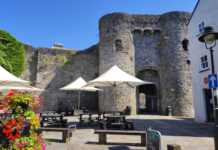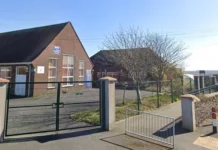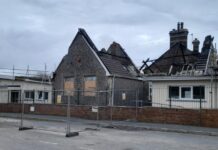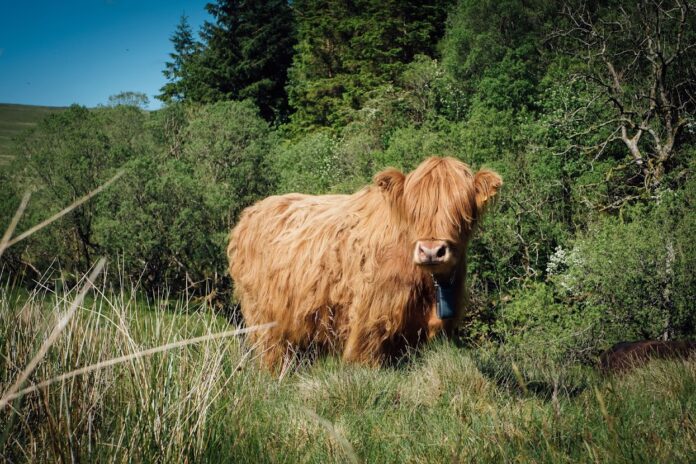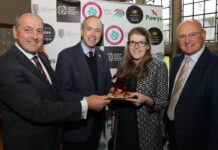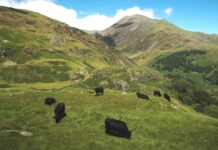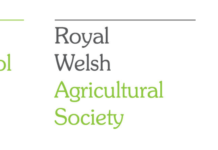
Farmers and conservationists can see first-hand the application of Nofence virtual fencing in a series of field days throughout the UK in September.
“Attendants will get to learn about how the technology works and speak to grazers utilising it for both commercial farming and conservation practices,” says Synne Foss Budal, General Manager for Nofence UK. “This is a great opportunity to see virtual fencing in everyday application to learn about the opportunities it presents to other grazing systems.”
A global leader in virtual fencing with more than three years of use on UK farms, Nofence uses a combination of GPS, cellular communication, audio signals, and solar power. Using the Nofence smartphone app, virtual fence perimeters can be created and monitored while working with animal behaviour. This allows livestock to graze within set perimeters with no physical fencing.
Upcoming events include:
September 6
Common land grazing, Brecon Beacons
Highland and Highland cross Shorthorn cattle serve as conservation tools on common grazing land in the western end of the Brecon Beacons in Wales. Learn how grazing this open area at 425 meters helps reduce the fire load and improve biodiversity.
September 8
Floodplain habitat Site of International Importance, North Yorkshire
Following an annual cut of hay, Nofence is used to graze cattle on 156 hectares designated as a Site of International Importance due to its floodplain habitat and bird species. Learn how virtual fencing helped overcome physical fencing challenges on a floodplain and benefited conservation efforts.
September 14
Farmland and Site of Special Scientific Interest, Dumfries
Cattle are being used to re-naturalise farmland and a Site of Special Scientific Interest wetland nature reserve as part of a 100-year landscape restoration plan. Learn how the farm utilises virtual fencing to manage stock in conjunction with conservation plans.
September 15
Rotational grazing of upland beef cattle, Inverness
An upland beef and sheep farm is maximising stock and grass performance by using virtual fencing. Nofence is used to maximise the grazing for the cows on the inbye fields and hill ground. Learn how virtual fencing has helped the farm overcome infrastructure challenges and improve stock management.
September 21
Boer goats bred for meat production, Wiltshire
A 900-acre mixed livestock and arable farm are using Boer goats for commercial meat production. As part of the Marlborough Downs Space for Nature Project, the farm works collectively with neighbours on landscape scale for nature. Learn how virtual fencing allows the farm to integrate conservation efforts into its commercial operation.
September 27
Grazing for nature reserve creation and management, East Sussex
A former golf course, Waterhall Local Nature Reserve is in the midst of its transformation into a nature reserve. Virtual fencing has been beneficial to this project, allowing for its diverse habitat to be grazed which includes rolling hills, open chalk grassland, woodland and scrub. Grazing management is conducted to enhance the natural habitat, increase biodiversity and provide a haven for wildlife.
Some walking will be required to view livestock grazing within virtual fencing perimeters and attendance space is limited from 10 to 20 people depending on location.
To learn more and register for the events, visit www.nofence.no/en-gb/events
A series of field days will be hosted throughout the UK in September to give farmers and conservationist real-life applications of Nofence virtual fencing technology. Register for the events at www.nofence.no/en-gb/events
Date: September 5, 2022
Help keep news FREE for our readers
Supporting your local community newspaper/online news outlet is crucial now more than ever. If you believe in independent journalism, then consider making a valuable contribution by making a one-time or monthly donation. We operate in rural areas where providing unbiased news can be challenging. Read More About Supporting The West Wales Chronicle













